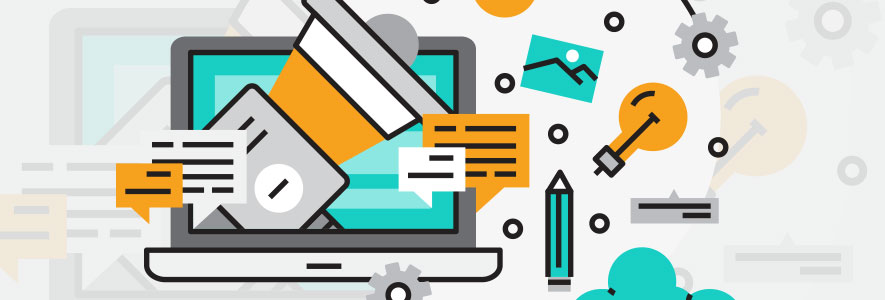Update Your Business and Marketing Strategies to Take Full Advantage
Last year, the biggest ecommerce trends focused on the online shopper. Consumers changed the game with the want of on-demand products and services, a personal element to customer service, and making more purchases while on a mobile device. The new year will continue these trends, with a few emerging trends thrown in. For 2017, we’ve explored the five biggest trends to help you dial in your marketing strategy for the new year.
Mobile Shopping
This trend kicked off in 2015, became more common with shoppers in 2016, and will continue to grow and change this year. For 2017 alone, mobile commerce sales may increase as much as 25 percent, driven mainly by smoother buying experiences and better search options. To keep up with the rising demand, companies have developed mobile-friendly shopping platforms to keep consumers engaged with their brands and products. However, just having a responsive mobile experience isn’t enough for mobile shoppers. The user experience needs to be in line with that of a desktop version, and the ability to use mobile wallets like Apple Pay, Samsung Pay, and others is key.
User Engagement
It may seem like consumers have too many options for making a purchase. While that may be true, the best way to make sure consumers turn to your business is how you engage and treat them. Customer Service is a big part of the process, but customer engagement is also a high priority. New programs like Hootsuite and SproutSocial help businesses stay connected to their audience, giving them the opportunity to see all engagement across all channels in one place, making it easy to respond. Another way to ensure user engagement and increase brand awareness and repeat customers is through user-generated content. It offers quick content generation and highlights those consumers who already enjoy your products and services.
Dedicated Customer Service
When shopping online, consumers are bound to have questions. Having a dedicated, live, 24/7 customer service option can only help. One trend that became popular near the close of 2016 was the introduction of the chatbot. These artificial intelligence-led automated message services allow consumers to engage with your brand, can suggest products, place orders, and even answer customer service questions. While the technology is being further developed, instituting a chat service with an actual person gives an additional personal touch, while also allowing for more complex and in-depth requests in real-time.
Updated Analytics
Big data continues to be a major influence on ecommerce businesses. With more real-time information, businesses can consistently update marketing strategies and targeting to attract new and different customers. With real-time analytics, companies have the advantage of the most current data to maximize results. To stay on top of all the info coming in, using a third-party tool like Google Analytics 360, Optimove, Kissmetrics, or another similar tool, may also benefit your business.
On-Demand Products
More and more companies now offer on-demand products and services, from Amazon Fresh, meal delivery options, monthly subscription boxes and more. For 2017, expect to see more of these services implemented in a wider variety of industries. But not only will more products be available in different ways, but faster delivery options will take precedent. Two-day delivery has become the most popular option among younger customers, and with companies like Amazon that offer fast and free shipping with a Prime account, more businesses may turn to this option. Free shipping is also a big draw, with consumers adding more items to their carts to qualify. Others will wait up to an additional two delivery days to qualify for free shipping.

